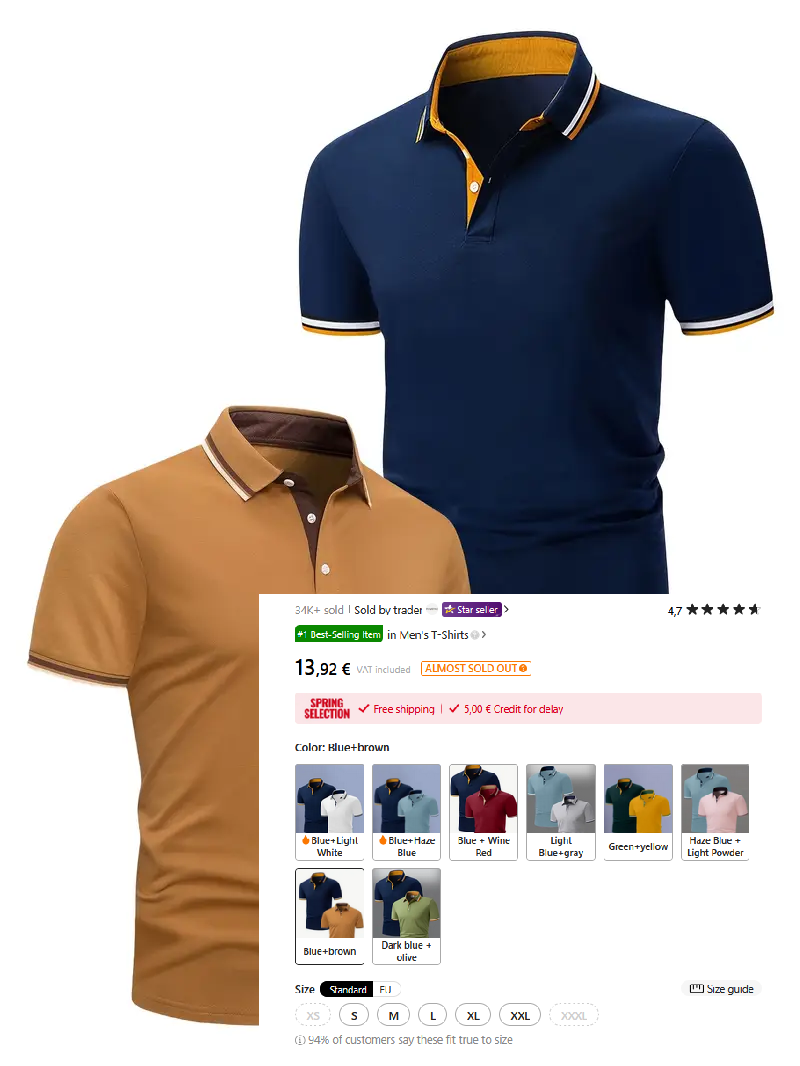Cordelette
YOUR LINK HERE:
http://youtube.com/watch?v=9MLXY_UbjRQ
Cordelette • https://rockclimb.video • ---------- • FLAT OVERHAND FOR CORDELETTE • A Flat Overhand is not as strong as a Double Fisherman’s knot to tie a cordelette in a loop. Some climbers will still favor a Flat Overhand over a Double Fisherman’s because it is easily untied, and the cordelette can be used as more than just a loop (e.g. rescue). A Double Fisherman’s weighted several times may become very difficult to undo. • The Flat Overhand is also known as the Euro Death Knot, supposedly because American climbers didn’t trust it when it first showed up on the new continent. Although the EDK name stuck, it is now widely accepted everywhere to join two ropes for long rappels. • The forces sustained by the leg of an anchor during a fall can be much higher than during a rappel. Several amateur testers (1) and even a French official testing facility (2) recommend not using the Flat Overhand to tie a cordelette in a loop because it fails by rolling under relatively low loads. All those tests are done with slow traction. • The Centro Studi Materiali e Tecniche of the Club Alpine Italiano showed that the knot performs much better in drop tests than under slow traction. (3) • The cord material (e.g. Nylon vs. Dyneema), the type of anchor (e.g. two or three legs), the tails length, and how well the knot is dressed and cinched are important factors. • Although a cordelette with a Flat Overhand is safe if used correctly, less experienced climbers should stick to a Double Fisherman’s for tying a cordelette. • (1) https://user.xmission.com/~tmoyer/tes... – https://canyonsandcrags.com/pdf/which... • (2) • Which knot should you use for joining... • (3) • Materiali e loro uso • ---------- • Although Rock Climb will have more than 100 videos (7 hours+ of content), the program is designed to include maximum information in a concise way that is easy to understand and assimilate. For that reason most chapters are built on the knowledge acquired in previous ones (e.g., Rope Basics → Top-Roping → Lead Climbing → Sport Climbing → Trad. Climbing). • ---------- • Rock climbing is fun but there is an element of risk. In some situations if you are not careful, the chances of serious injury or death are very real. A safety oriented mindset is essential. • The right attitude includes not thinking that just by watching videos and reading articles you will become a safe and experienced climber. Experience comes with practice. Practice means making occasional mistakes and learning from them. • We believe qualified in-person training should be the main way of learning and progressing in rock climbing. A good mentor, guide or teacher will make learning as safe as it can be, by assessing your level and every situation. • Our videos are meant to inform and entertain. Although our videos can be very helpful, they are not meant to replace in-person teaching by a qualified professional, nor they are meant to replace reading and understanding the instructions and manuals of rock climbing equipment—which we strongly advise you to do. (Manufacturers recommendations occasionally change, and it is a good idea to stay updated by visiting their websites.) • Have fun and be safe out there!
#############################

 Youtor
Youtor




